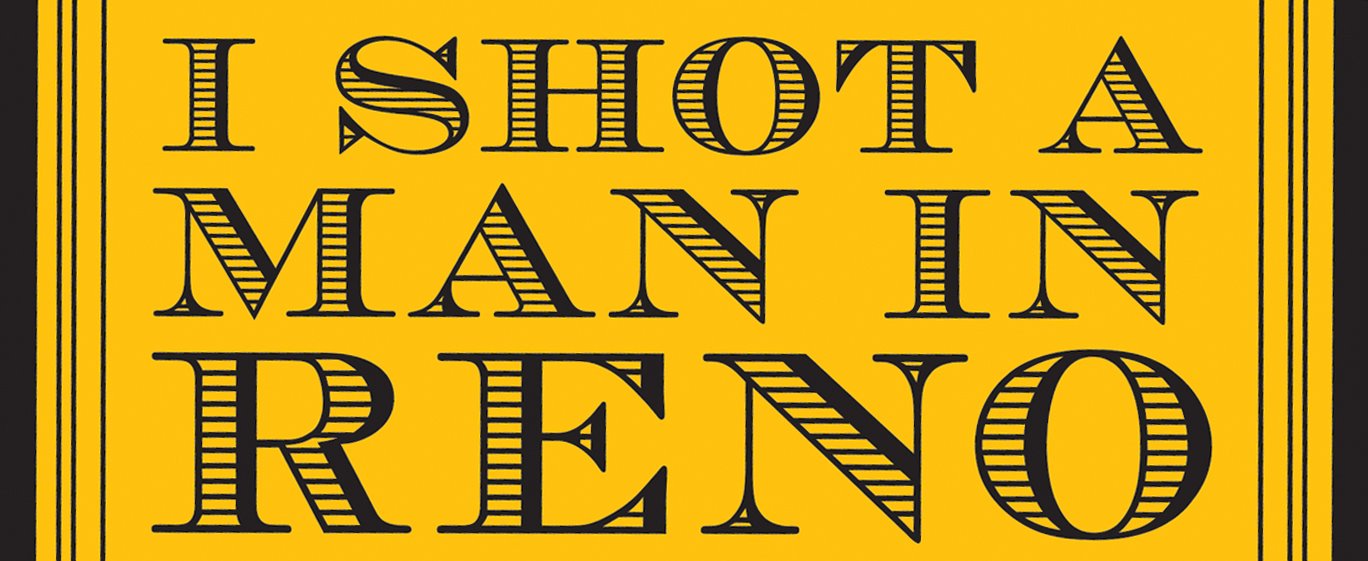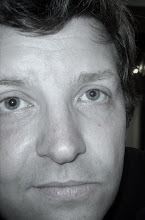
Maybe we got him on a good night. Maybe my expectations were so low that anything short of a live demonstration of how to contract swine flu would have seemed like a treat. I don’t know. I’d never seen Dylan before so I had couldn’t compare it with Bournemouth in ’02 and Earls Court in ’78 like all the proper Bobcats, all I know is that I spent two hours watching him perform at the Edinburgh Playhouse last night and not once did I think – Jesus, what
am I doing here?
He looked truly extraordinary. Pipe cleaner legs, clad in black strides with a yellow trim. An odd mix of waistcoat and straightjacket up top, with some kind of diamante augmentation around the neck, the whole combo topped off with a wide brimmed black hat. When he was truly feeling the music – which was often; I saw nothing cynical or weary in what he was doing, and he played a lot of guitar, which I believe is A Good Sign - his left leg performed the strange, twisting, stationary dance of a man extinguishing a particularly stubborn cigarette. Afforded an extra insight courtesy of the Playhouse’s nifty opera glasses, I couldn’t take my eyes off his
feet for minutes at a time.
I thought he played something close to a blinder. He popped on and lit straight into 'Leopardskin Pillbox Hat', which went off like a firecracker. His voice was clear as a bell and was obviously familiar with the parameters of the original tune. Over half the set was similarly blues-based, which did him a lot of favours – when you know instinctively where the tune is going, you can follow him there quite comfortably. It probably also helped that the Playhouse – as opposed to the O2 or even somewhere like the SECC – is an old-fashioned, shabby-genteel theatre, everything buffed up deep hooker-red. It holds only about 3000 people and the sound was superb. I can’t imagine the Dylan experience – not a word was uttered throughout, and the band hovered round their master in a semi-circle, like nervous footballers awaiting a half-time bollocking – looks or sounds any better the further away you stand.
A few simple truths emerged as the evening wore on. Dylan is a quite
heroically bad electric guitar player. I have never seen anyone – certainly not anyone charging on the door – play quite so badly yet with such obvious relish. Half way through 'I Don’t Believe You' I realised his mouth and his hands were trying to renew their acquaintance with two entirely different pieces of music. The worse it got, the more he insisted on playing the same deranged little riff, and the more the crowd loved it. It was like watching some strange dysfunctional relationship unfold. And what about that organ sound? Usually only deployed during the octogenarian tea-dance at the Winter Gardens, Blackpool, it became quite mesmerising after a while. He forgot the ‘You never turned around…’ verse on 'Like A Rolling Stone' and stabbed away at his keyboard for a couple of minutes, twitching like a trauma victim. The crowd loved that, too. From our seat at the front of the circle, virtually hanging over the stage, it was all great theatre.
But the core of the show was sound and solid. Near the end, I actually felt I was being cheated of some vital part of the Dylan live experience: where are all these incomprehensible versions of classic songs? Where was the sledgehammer revisionism? What was all this about people not recognising a tune until some stray syllable from the last verse left a trail of breadcrumbs leading to a spark of recognition.
Really? I can’t help thinking, certainly on the evidence of Sunday night, that too much has been made of this aspect of his shows, that it’s yet another rung too-readily added to Dylan’s mythology.
What I saw was a 67-year-old man singing as best he can with the voice we all know he possesses, playing some songs – some great, some merely OK, a few genuinely superb ('Po’ Boy', 'High Water', 'Ain’t Talkin’,' a beautifully measured 'Just Like A Woman') - with a tight little bar band. The only song I initially struggled to place was 'Sugar Baby', but I was on its case within 90 seconds. 'Tangled Up in Blue' was certainly wearing an odd set of clothes, but there was nothing
arbitrary about it; you might not have liked it, I’ll grant you, but you could see what he was trying to do: Dylan and the guitar players had some spooky little riff on which they were hanging the rest of the song. There seemed to me nothing careless or perfunctory about any of it.
He finished with a not-half-bad version of 'Blowin’ In the Wind', wandering centre-stage at the end, puffing tunelessly into his harmonica, limbs jiggling slightly in classic Zimmerman style, like someone above is gently jerking the strings on this stupendously
odd little marionette below. He sloped off doing some kind of weird hipster comedy walk. I like to think he looked happy; everyone else in the place certainly did.
We didn’t pay for our tickets, but I’ve already set 50 quid aside for the next time he’s in town. I was wrong. He needs to keep going.
 I got to know former Bhundu Boy guitarist and band-leader Rise Kagona a little in the last few years. During that period I interviewed him several times, watched him rehearse and play gigs, met him for coffee and often bumped into him at the bus stop.
I got to know former Bhundu Boy guitarist and band-leader Rise Kagona a little in the last few years. During that period I interviewed him several times, watched him rehearse and play gigs, met him for coffee and often bumped into him at the bus stop.







